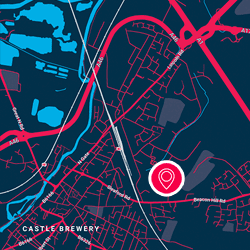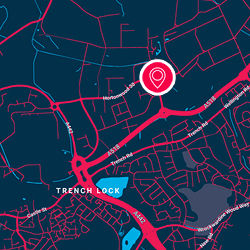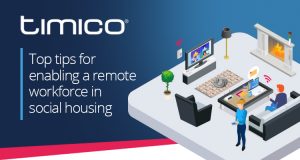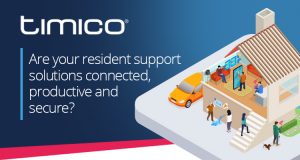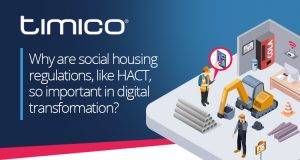BLOG
The challenges posed by accelerated Digital Transformation
Things you never heard a CEO say 1 year ago:
“How will the new “Rule of 6” affect how our staff use our office space?”
“Have we got enough face masks and antibacterial gel?”
“I’ve just been in the cafeteria and no one was social distancing!”
“Have we figured out the one-way system in the office?”
All of these would have sounded completely alien just a year ago, but so too would a statement saying that all staff will now be working from their homes on a semi-permanent basis.
This is now the reality, and digital transformation has been key to enabling it. While most forward-thinking CEOs and CIOs were well on the path to transforming their businesses from rigid, office-based work environments to flexible, remote working models well before recent events, most businesses had only enabled a sub-set of users with the ability to work remotely/from home and usually only direct customer-facing roles. As a result, the roll-out to all business users was greatly accelerated in March and April of this year when the need for an entirely remote workforce became a necessity.

Accelerated Digital Transformation
For many businesses in the financial services sector, remote/agile working was a necessity prior to the pandemic, driven by regulatory compliance and the need to continue to operate and provide customer services in the event of a disaster. Fortunately, many businesses in the sector had already invested in cloud platforms to enable this.
However, the expansion of home working to the entire workforce has brought challenges around regulatory compliance and it’s essential for businesses to get a grip on where the gaps might be. Indeed these gaps were the very reason many business leaders were hesitant to allow staff to work from home – i.e. the loss of control over what their staff were doing, who they were speaking to, how they were speaking to customers and what sensitive information they had access to and could distribute outside of the business.
This potential for loss of sensitive data or reputational damage through inappropriate use of newly adopted tools is a new challenge that needs to be met. While video and collaboration tools such as Microsoft Teams have quickly enabled us to all communicate and collaborate in a new way, and provide an element of human context, they also open up a primary channel for possible unauthorised or inappropriate sharing; precisely because they are so ubiquitous and easy to use.
Questions to ask yourself include things like – on video calls, are users inadvertently displaying sensitive physical documents (e.g. reports, note pads, whiteboards etc). Do we have a policy with regards to dress code and sharing of home environments? In screen sharing sessions, are users sharing sensitive documents inadvertently or without authorisation? Is chat/messaging functionality being used to distribute sensitive/misleading information externally, or is it even being used inappropriately internally?
For any business seeking to address these challenges, carrying out a basic risk assessment is the first step; followed by the adoption of a Data Loss Prevention Plan.
Once you have understood the potential threat and impact in terms of data loss and staff misconduct, you need to decide whether to invest in tools to help manage the risk, or bear the risk and manage it without any tools. There is good technology that will enable businesses to securely manage compliance, confidential data loss, and misconduct risks. These tools are typically cloud-based purpose-built compliance platforms that supervise and archive video, voice, chat, and more.
Timico has years of experience working with businesses in the Financial & Professional Services sectors providing secure connectivity, cloud and hosting solutions, managed security services, unified communications and end-user IT support. We’re here to help keep you and your employees connected, productive and secure.

Greg Easton
Account Director




